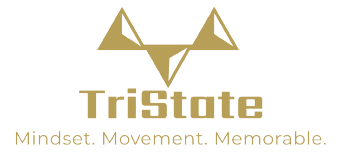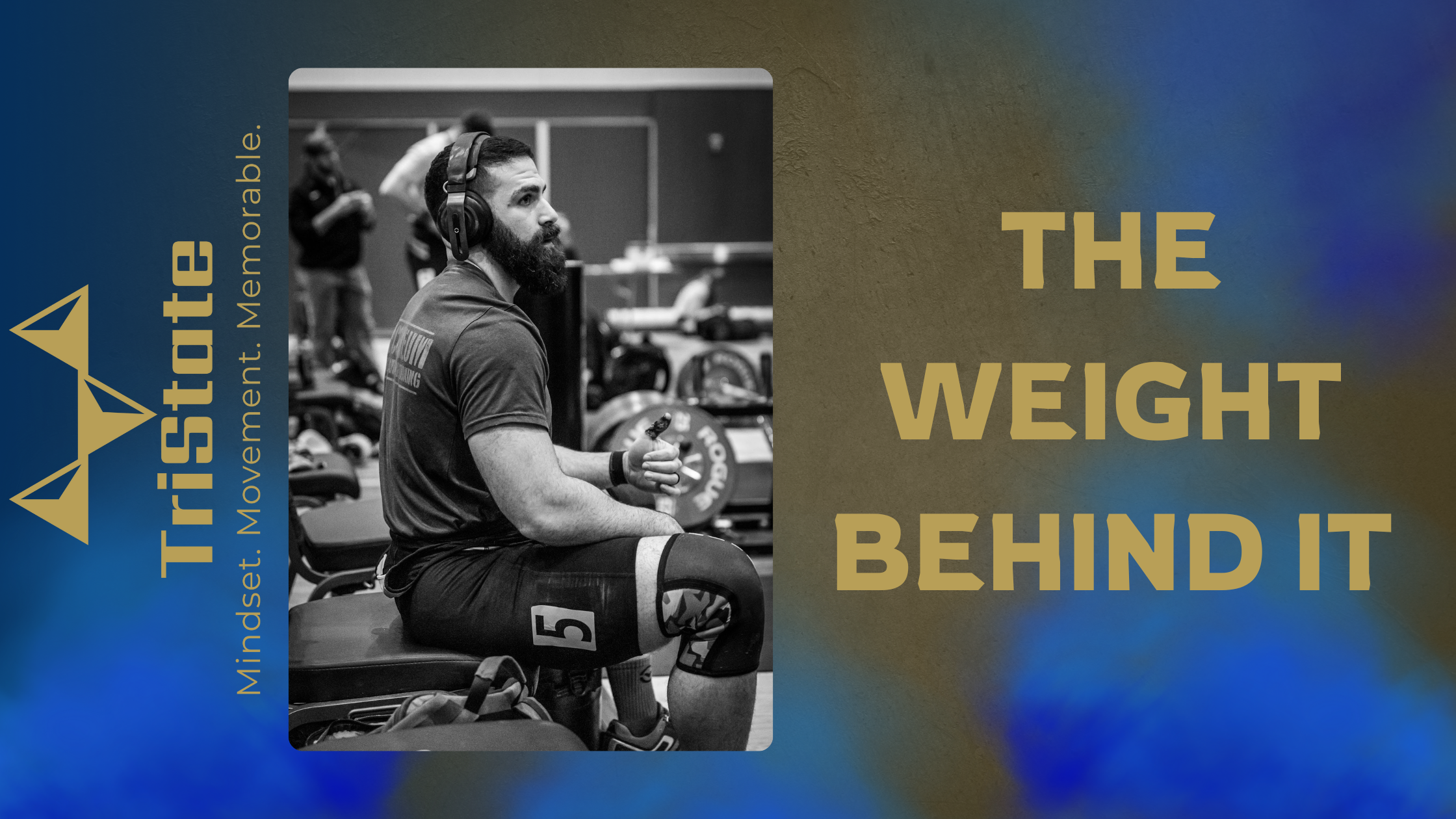





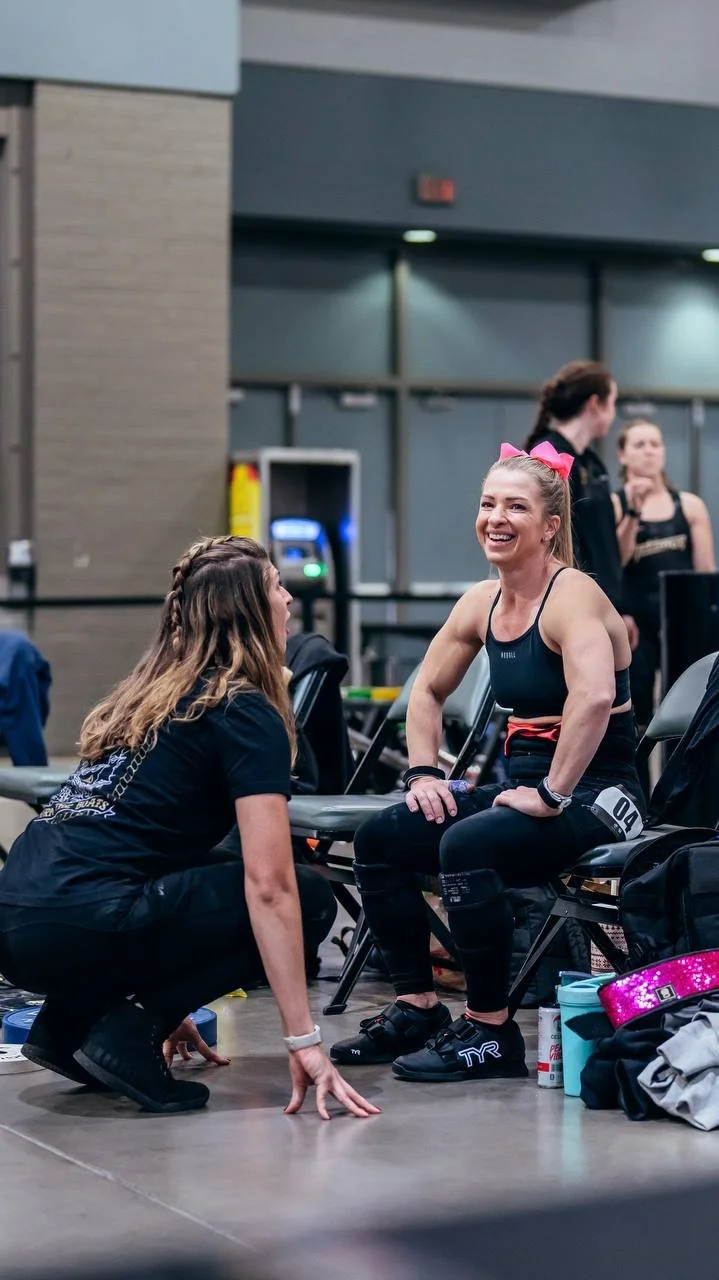
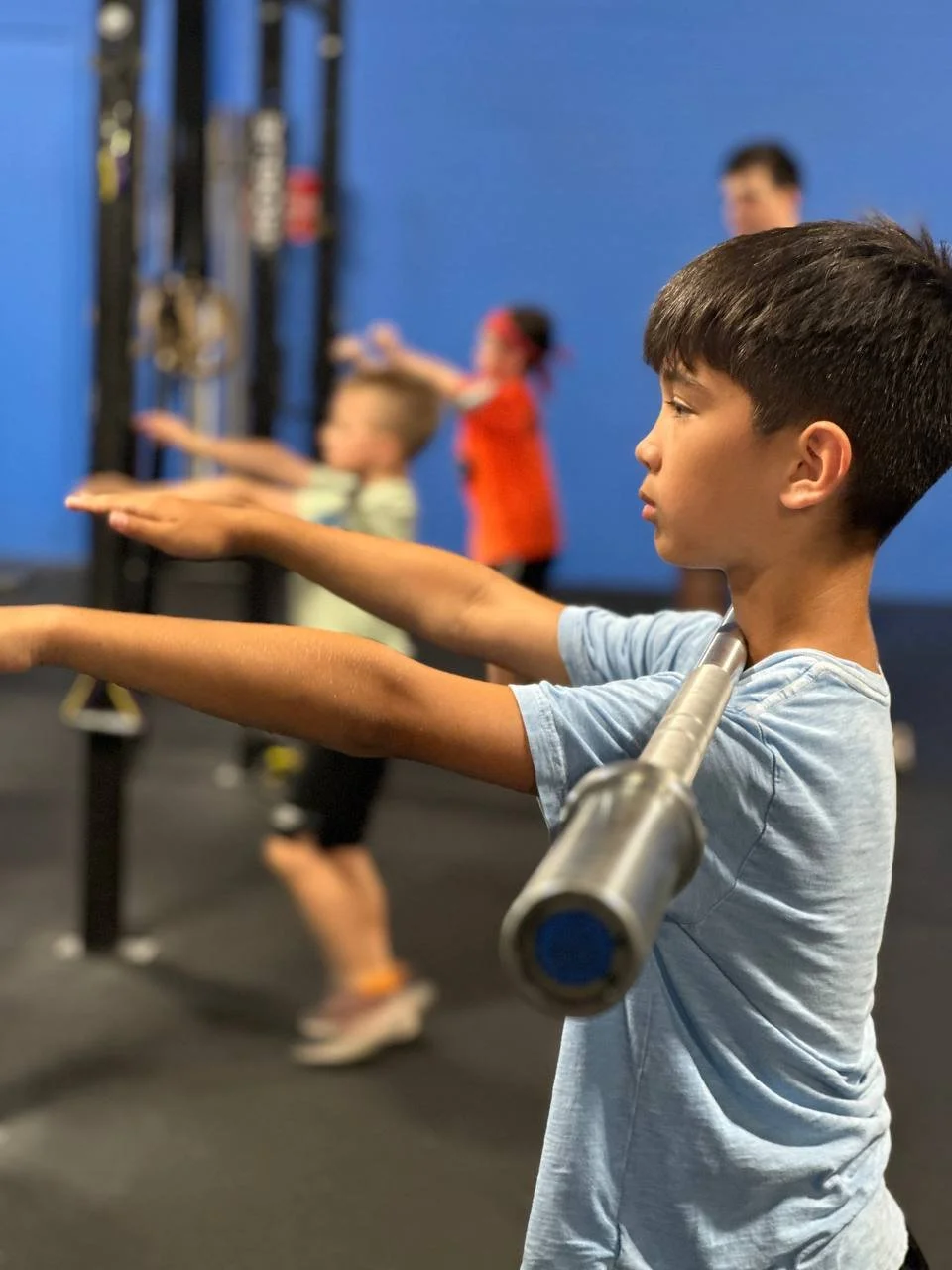

Using Data & Technology in Training: What’s Worth It?
In today’s training world, you can measure just about anything—bar speed, jump height, load tolerance, readiness scores, movement symmetry, and more.
But just because you can track everything… doesn’t mean you should.

Building an Athlete-Coach Relationship That Lasts
Training plans don’t build trust. Presence, care, and communication do—from both sides.
In a world full of programs, platforms, and PDFs, the athlete–coach relationship is still what matters most. You can buy a great training plan from one of the best coaches in the country for $50. But the plan itself isn’t what helps an athlete grow.
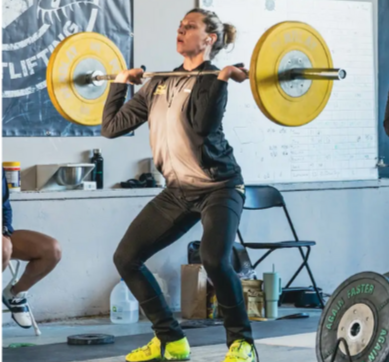
How to Reflect & Reset After a Training Cycle
As coaches, we tend to zoom out when we reflect—looking at full seasons or year-end athlete reviews. But some of the most meaningful growth happens when we zoom in. At TriState, we take time to reflect and reset after each training cycle, whether that’s a 6-week build, a 12-week prep, or a peak into competition.
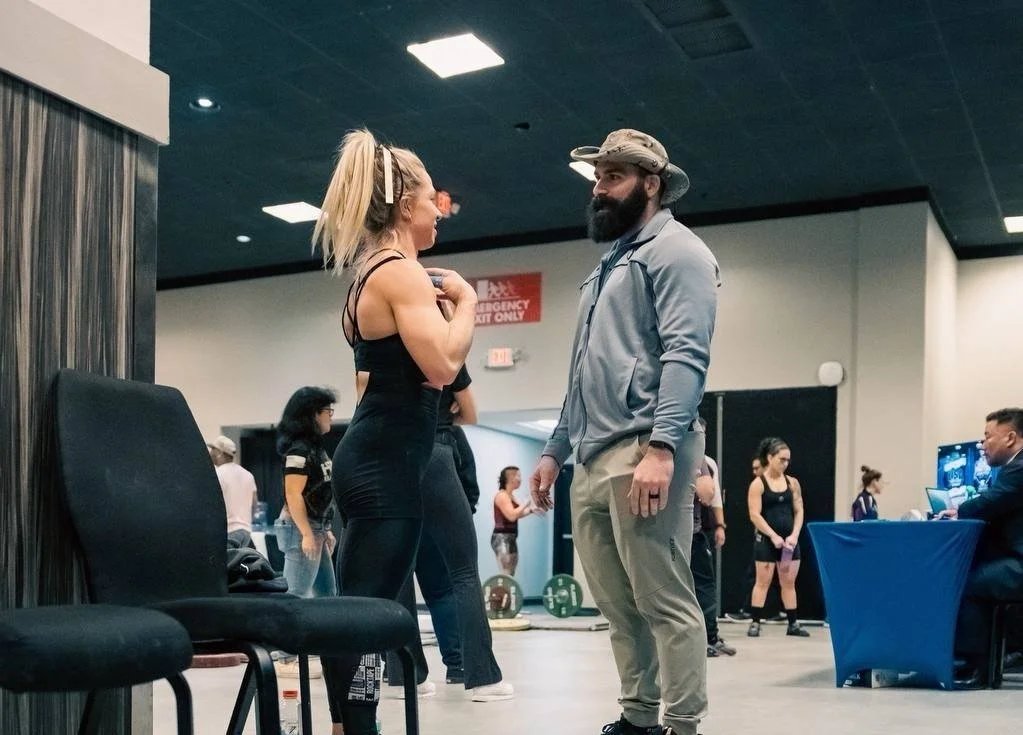
How I Review an Athlete’s Year of Training
What we’ve learned, how we’ve grown, and how we decide what’s next.
As a coach, one of the most important things I do all year is sit down with each athlete and review their season. But this review isn’t about data first. It’s not about lifts, numbers, or placements.

Why I’m Still Excited About Lifting After All These Years
When I first stepped into the world of weightlifting, it was all about the rush. The adrenaline of walking onto a platform, being surrounded by people just like me—adrenaline junkies ready to take on the chaos and pressure of a max-effort moment.
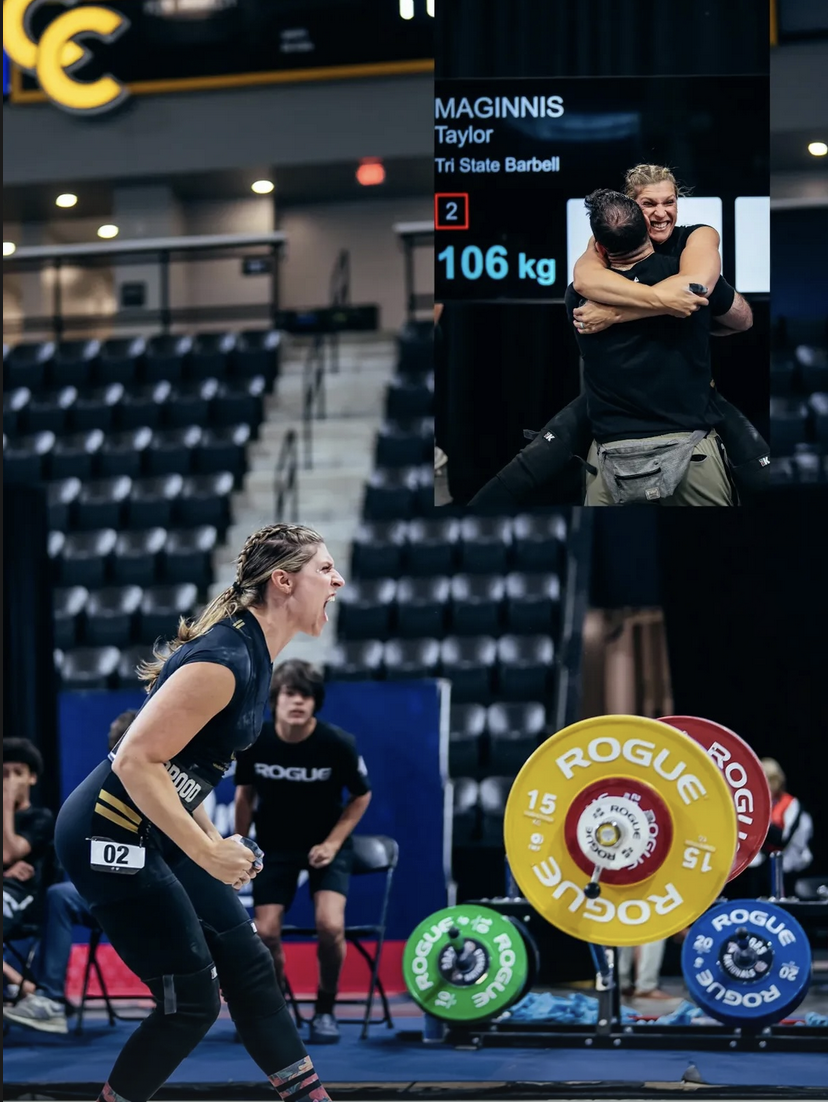
Nationals Reflection: A Weekend of Highs, Lows, and Lessons
Three athletes. Three different outcomes. One unified mission—to grow, reflect, and return stronger.
